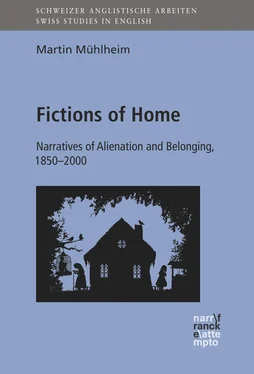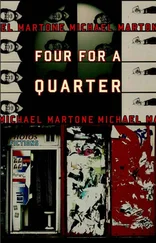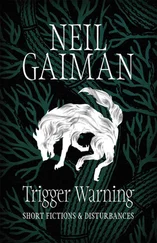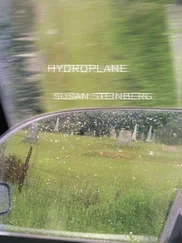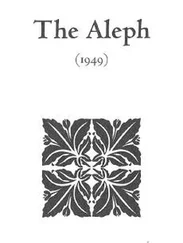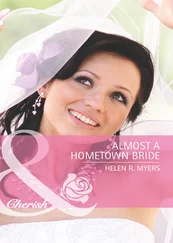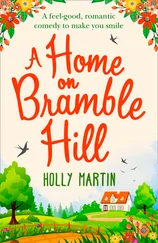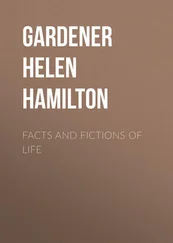Elizabeth AbelAbel, Elizabeth astutely observes that this fictional universe is evoked in Mrs. Dalloway when Clarissa at first mishears her future husband’s family name as “Wickham,” thus linking him to arguably the most disreputable character in AustenAusten, Jane’s Pride and Prejudice (1813). According to AbelAbel, Elizabeth, this explicit intertextualintertextuality reference draws attention to how WoolfWoolf, Virginia’s novel modifies the standard courtship plotcourtship plot of AustenAusten, Jane’s fiction:
WoolfWoolf, Virginia condenses the […] moment that constitutes AustenAusten, Jane’s novel and locates it in a remembered scene thirty years prior to the present of her narrative […]. Marriage in Mrs. Dalloway provides impetus rather than closureclosure to the courtship plotcourtship plot, dissolved into a retrospective oscillation between two alluring possibilities as Clarissa continues to replay the choice she made thirty years before. (107)
The home of Clarissa’s youth, AbelAbel, Elizabeth reminds us, was also the scene of her marriagemarriage choice, with Peter Walsh and Richard Dalloway as the two competing male suitors.137 However, while AustenAusten, Jane’s novels conclude with the heroine reaching the goal of the ‘right’ marriage, the suggestion in Mrs. Dalloway that Richard is similar to AustenAusten, Jane’s deceitful George Wickham intimates that Clarissa may in fact have made the wrong choice. This suspicion is, if not explicitly confirmed, then at least kept alive by the fact that much of WoolfWoolf, Virginia’s novel focuses on Clarissa’s lingering doubts, with the heroine sometimes thanking heaven that she refused to marry Peter, yet at other times wishing she had agreed to his proposal rather than to Richard’s (50–51; see Bowlby 147). Whereas in Jane AustenAusten, Jane’s novels marriage at least superficially signifies happinesshappiness, maturitymaturity, and narrative closureclosure, in Mrs. Dalloway the country-housecountry house world of romanticromance fulfillment becomes, instead, the past as prelude to the heroine’s conflicts in later life, as well as a subtly playfulplayfulness intertextualintertextuality reference point.
At the same time, we need to bear in mind that, by the 1920s, life in the actually existing English country houses had itself become a mode of playfulplayfulness performance for the nationsnations and nationalism’ upper classclass. Since at least the late nineteenth century, the average stately homecountry house in the country had few (if any) remaining ties with ruralrural life in the sense of agricultural work; such country houses were, rather, the setting for “ritualritual enactments” of country life, maintained “on the profits of industrial and imperial development” (Raymond WilliamsWilliams, Raymond 282). In Mrs. Dalloway , we only have to listen to the rural daydreamsdreams of Clarissa’s daughter, Elizabeth, to hear echoes of such upper-classupper class performances as disconnected from the social reality of English farmers:
She might be a farmer. […] She might own a thousand acres and have people under her. She would go and see them in their cottagescottages. […] One might be a very good farmer – and that, strangely enough, […] was almost entirely due to Somerset House. It looked so splendid, so serious, that great grey building. And she liked the feeling of people working. (149)
Hierarchy and privilegeprivilege are central to this fantasyfantasy of ruralrural EnglandEngland (“She might […] have people under her”), and even Elizabeth acknowledges that Somerset House – situated in the heart of the citycity and, at the time, home to the governmentgovernment’s principal tax and public record offices (Showalter 224n58) – is the main reason why someone like her might one day be able to style herself as a good ‘farmer,’ for it is the supposedly urban political and financial system that enables a small group of country-housecountry house owners to enjoy “the feeling of people working” (emphasis added). Importantly, to highlight the links between the country and the city is not to contradict Elizabeth AbelAbel, Elizabeth’s observation that Clarissa herself sees Bourton as a pastoralpastoral world that is spatially and temporally disjunct from LondonLondon, the sociopolitical world of her husband Richard (108). It does mean, however, that WoolfWoolf, Virginia’s novel as a whole portrays ‘rural’ country-housecountry house Arcadias as only superficially isolated from the city, whereas in fact they are part of the same overarching social system.138 Accordingly, we must now leave the countryside and devote our attention to the urban spaces of Mrs. Dalloway.
Конец ознакомительного фрагмента.
Текст предоставлен ООО «ЛитРес».
Прочитайте эту книгу целиком, купив полную легальную версию на ЛитРес.
Безопасно оплатить книгу можно банковской картой Visa, MasterCard, Maestro, со счета мобильного телефона, с платежного терминала, в салоне МТС или Связной, через PayPal, WebMoney, Яндекс.Деньги, QIWI Кошелек, бонусными картами или другим удобным Вам способом.
